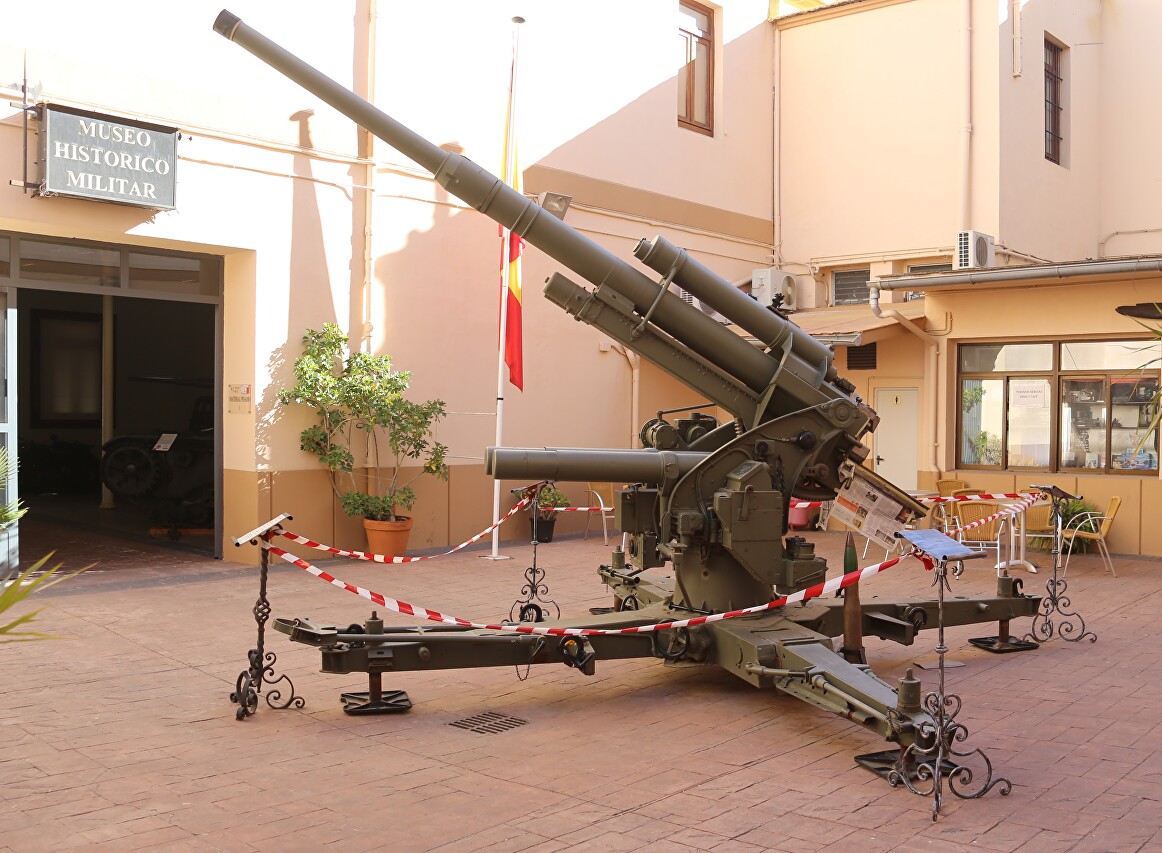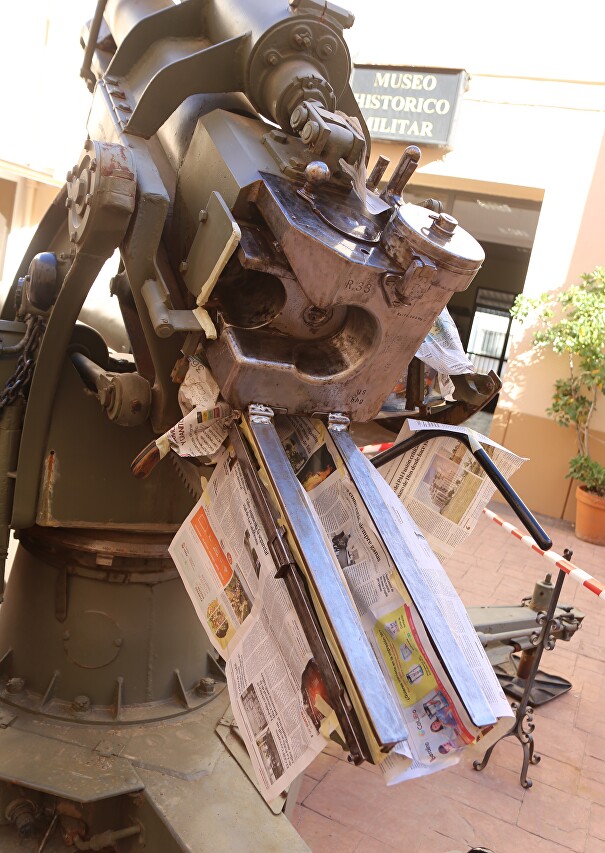FlaK-36, 88 mm anti-aircraft gun
88mm flak anti-aircraft gun, one of the best artillery guns of the first half of the 20th century. The development of the gun began in the 20s by the designers of the Krupp concern together with the Swedish Bofors, initially with a caliber of 75mm. In 1930, it was decided to increase the caliber to 88mm, which with a barrel length of 56 calibers allowed to hit targets at altitudes up to 9000 meters.

In 1937, the gun received new fire control devices that allowed for a tip-off from the Central command post. In this form, the gun went through the entire world war, successfully fighting both air and ground targets. A well-trained crew could fire up to 20 rounds per minute, the fragments of which could destroy the plane even if they exploded 15 meters away.

In Spain, the Flak-36 was used not only to combat aircraft, but also as an anti-tank, showing excellent efficiency. As a result of the combat use of weapons received armor plates and for them began to produce sub caliber and cumulative ammunition.

In just one day of the "blitzkrieg" of 1940, an anti-aircraft regiment of 88mm guns, defending the crossing of the Meuse, destroyed more than 150 enemy aircraft. In the war against the USSR, FlaK was the only effective means of fighting the T-34, KV, and IS tanks. On the basis of its own gun was created 8.8 cm KwK 36L/56, which was armed with a heavy tank Tiger I and 8.8 KwK 43L/71 for the Tiger II tank.